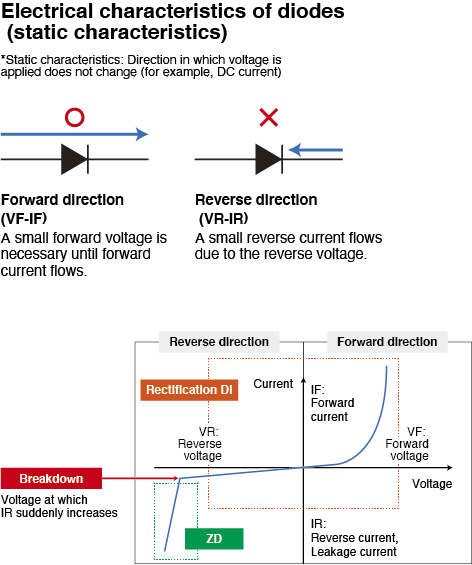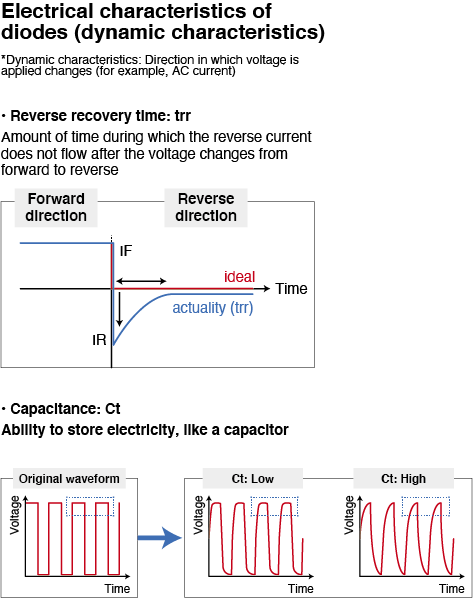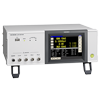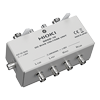Simple Measurement of Semiconductor and Diode C-V Characteristics
C-V characteristics are a key characteristic of semiconductors like FETs and diodes. The adoption of semiconductors that are capable of high-speed switching operation is helping facilitate the evolution of power electronics for use in applications such as electric vehicles (xEV) and virtual power plants (VPP). In order to facilitate high-speed switching operation, it’s important for semiconductors to have a low capacitance component.
Market trends
FETs and diodes, which are representative semiconductors, consist of a structure known as a PN junction in which p- and n-type semiconductors are connected inside a single crystal. Diodes consist of one PN junction, while FETs consist of a pair of PN junctions (either pnp or npn). When the voltage applied to the surface of the PN junction exceeds a certain value, electrons will flow. This property is used to control the electric signal (by switching it on and off) based on the magnitude of the voltage. To facilitate instantaneous switching, it’s necessary to change the voltage at high speed. Consequently, the semiconductors must have low capacitance, on the order of several picofarads.
 Fig. 1 Electrical characteristics of diodes (static characteristics)
Fig. 1 Electrical characteristics of diodes (static characteristics) Fig. 2 Electrical characteristics of diodes (dynamic characteristics)
Fig. 2 Electrical characteristics of diodes (dynamic characteristics)
Issues
An LCR meter’s measurement signal is a sine wave centered on zero. When a sine wave centered on zero is applied to a semiconductor, the measurement signal is distorted due to the characteristics of semiconductors, in which current flows in the positive direction but not in the negative direction. Consequently, capacitance is measured with an LCR meter while applying a DC bias voltage from a DC power supply to the semiconductor. Furthermore, measuring capacitance while varying the DC voltage yields the semiconductor’s CV characteristics. However, making measurements using an LCR meter and DC power supply in this manner requires a program to integrate and control the two pieces of equipment.
![]()
![]()
Solution
“Sequence Maker” is an Excel add-in that provides integrated control of measuring instruments. It supports USB, RS-232C, LAN, and GPIB as communications interfaces. It also supports VISA, a model-agnostic communications driver for instruments. Since it can automatically search for and connect to instruments that are connected to a PC can implement control as desired by noting the control commands you wish to execute in order in the Excel file.
![]()
Measurement data
Since “Sequence Maker” is an Excel add-in that provides integrated control of instruments, you can render graphs and manipulate captured data using Excel functions. There’s no need to worry about how to process the data that you captured with a program you developed yourself. You can compare data and create reports using familiar Excel functionality.
![]()


